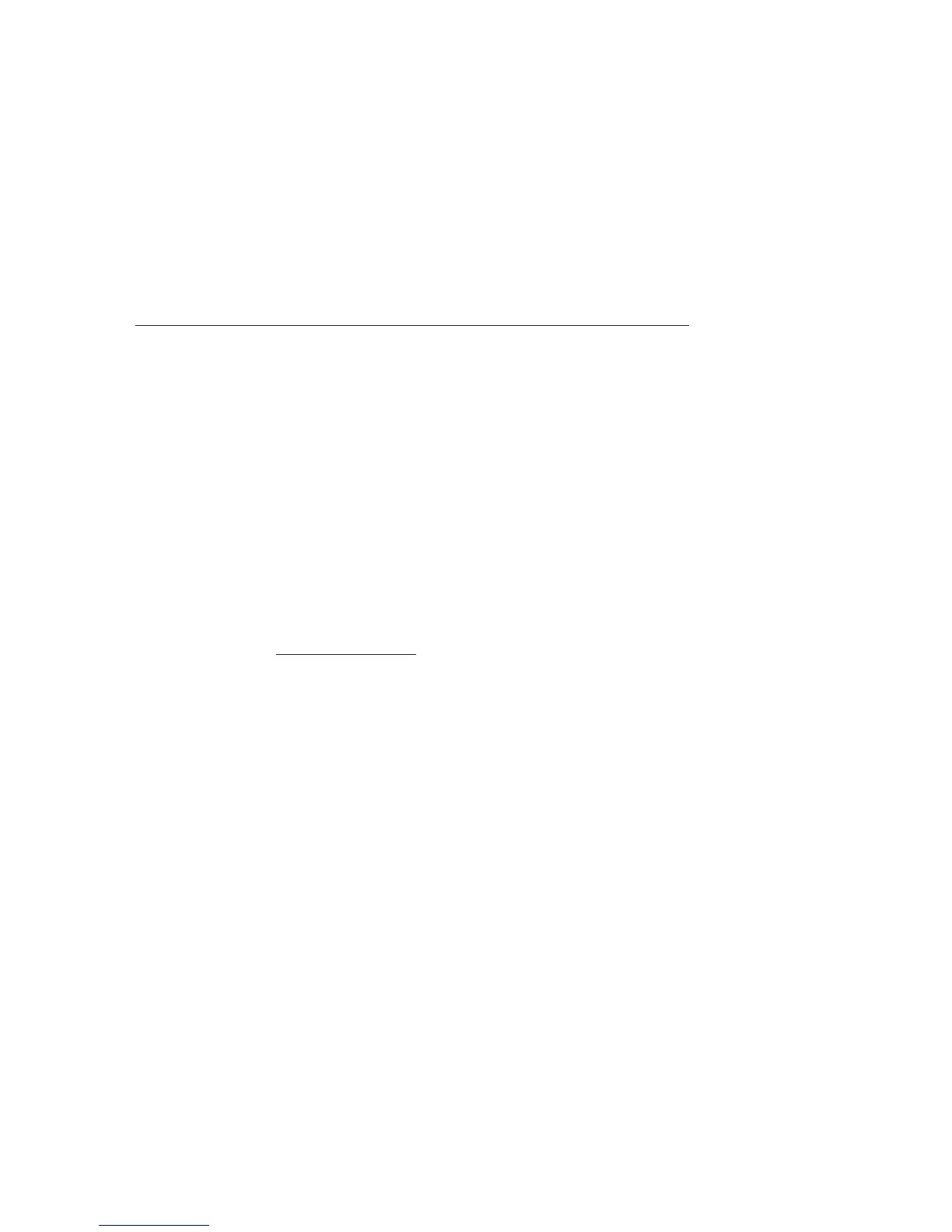USER’S MANUAL__________________________________________________________________
266 _________________________________________________________________ M211322EN-D
0916-079
These flags select which legacy threshold comparisons result in
unCorrected reflectivity being accepted or rejected at each bin. There are
four test comparisons that are made at each range, as described above for
input words 4, 5, 6, and 7. Further quality tests such as the Polarimetric
Meteo Index exist, and they can be configured for each data type (see
Section 7.29 Set Individual Thresholds (THRESH) on page 329). Each test
either passes and produces a code of 1, 2, 4, and 8 respectively, or fails and
produces a code of zero. The sum of the codes for each of the four tests is
a number between 0 and 15, which can also be interpreted as the following
four-bit binary number:
0916-080
The individual bits of the Threshold Control Flag word each specify
whether data are to be accepted (1) or rejected (0) in each of the sixteen
possible combinations of threshold outcomes. Thus, the pattern of bits in
the flag word actually represents a truth table for a given logical function
of the four threshold outcomes.
The following examples show actual values of the Flag word for the stated
combinations of acceptance criteria:
PCT If set, the RVP900 will attempt to run its standard
processing algorithms even when a custom trigger pattern
has been selected via the SETPWF command.
UVD Unfold velocities using a simple (Vhigh Vlow ) algorithm,
rather than the standard algorithm described in Section 6.7
Dual PRF Velocity Unfolding on page 240.

